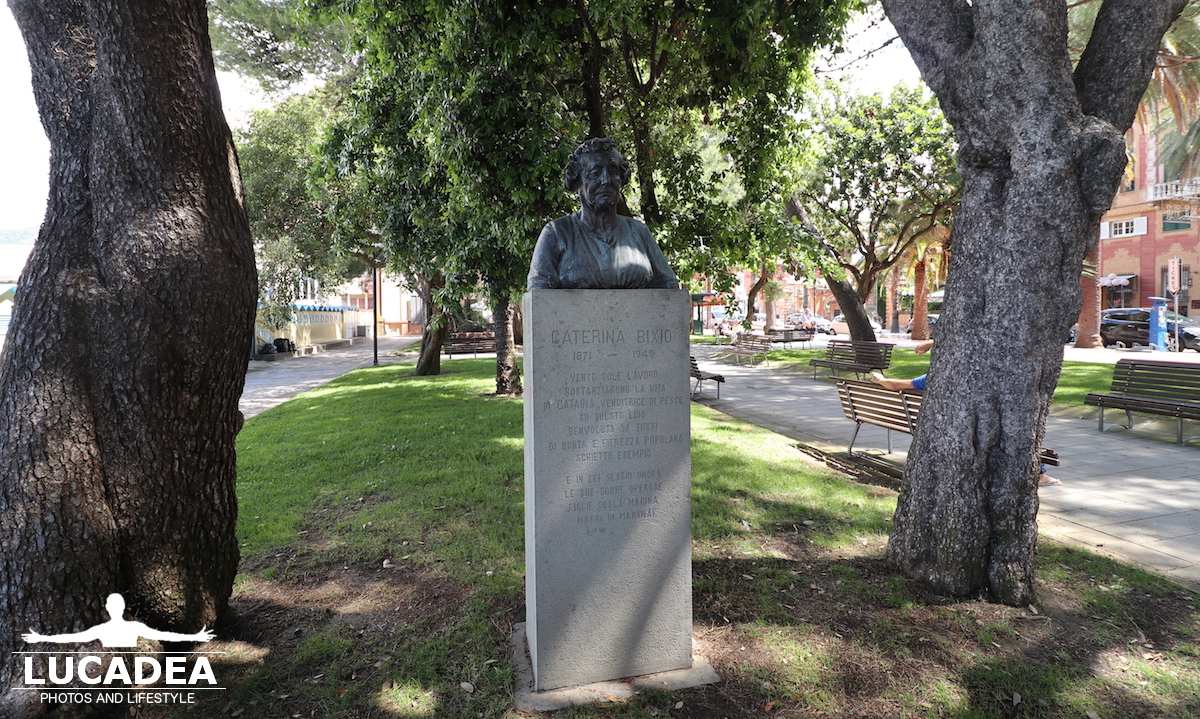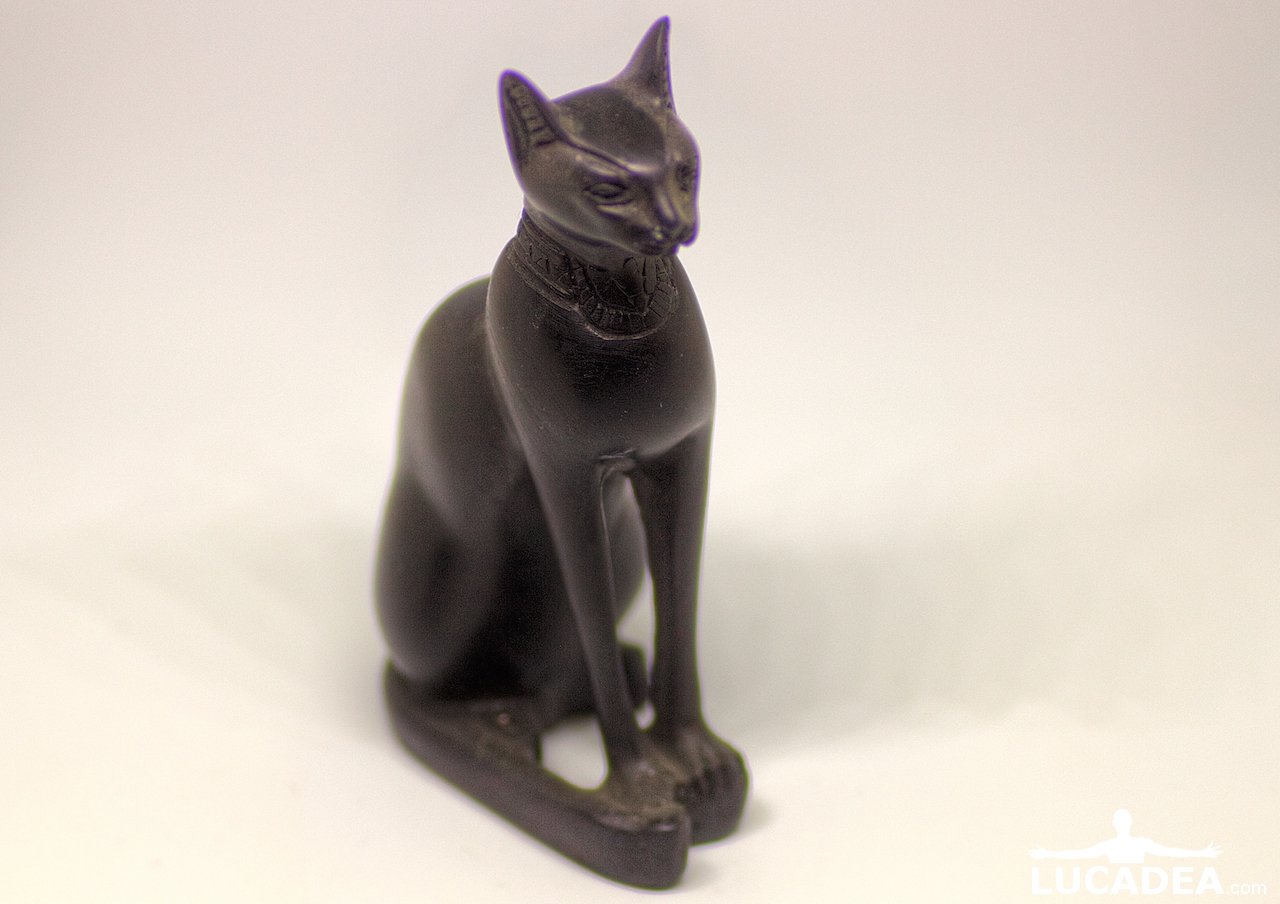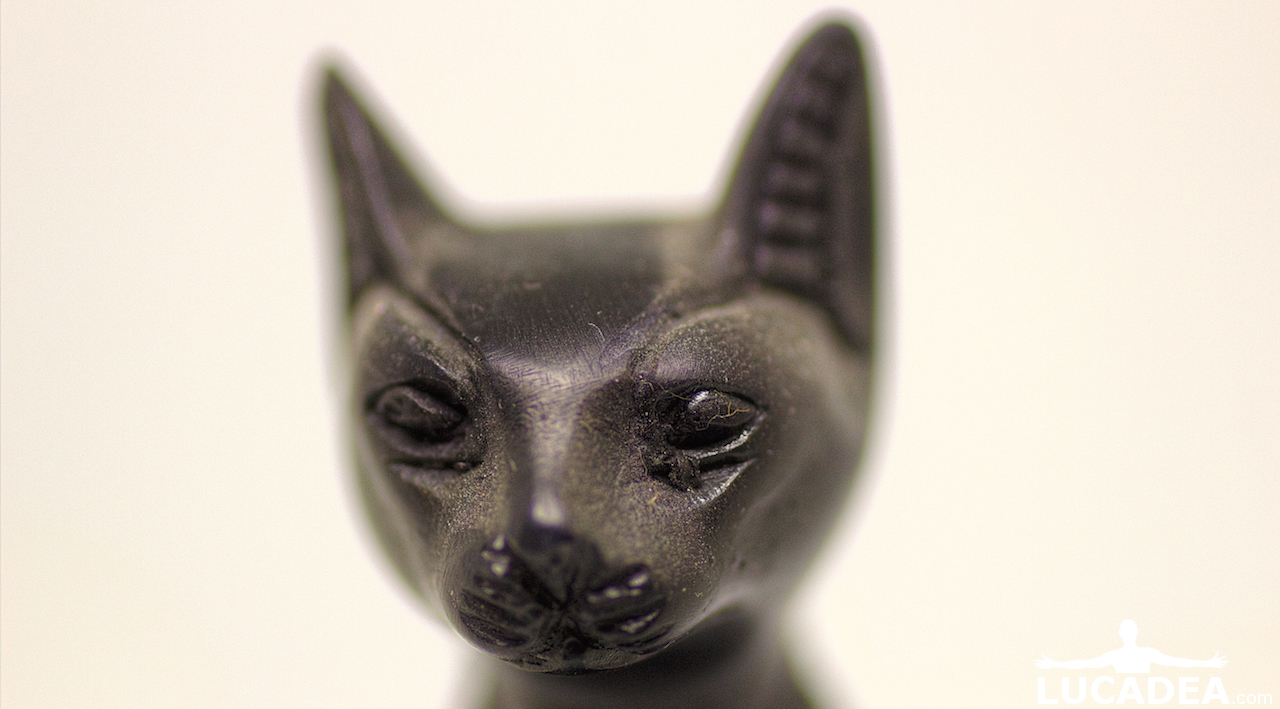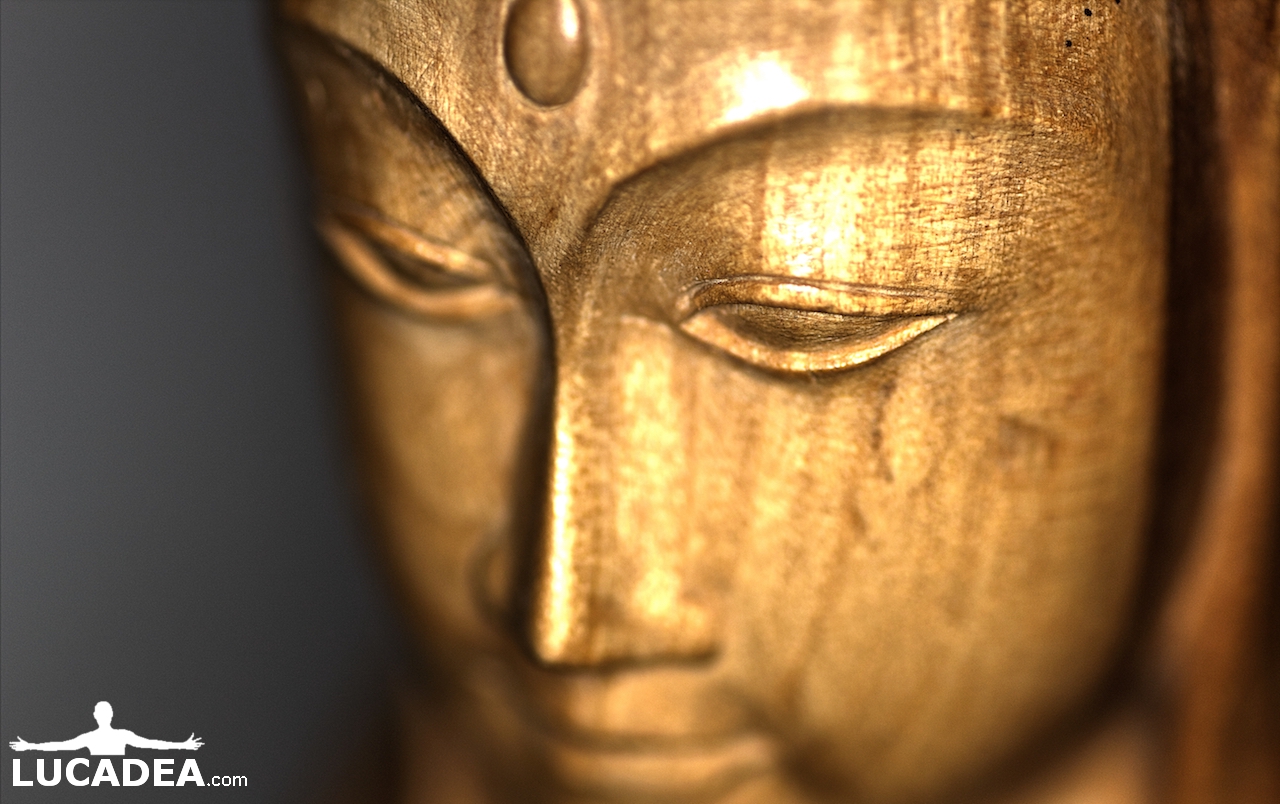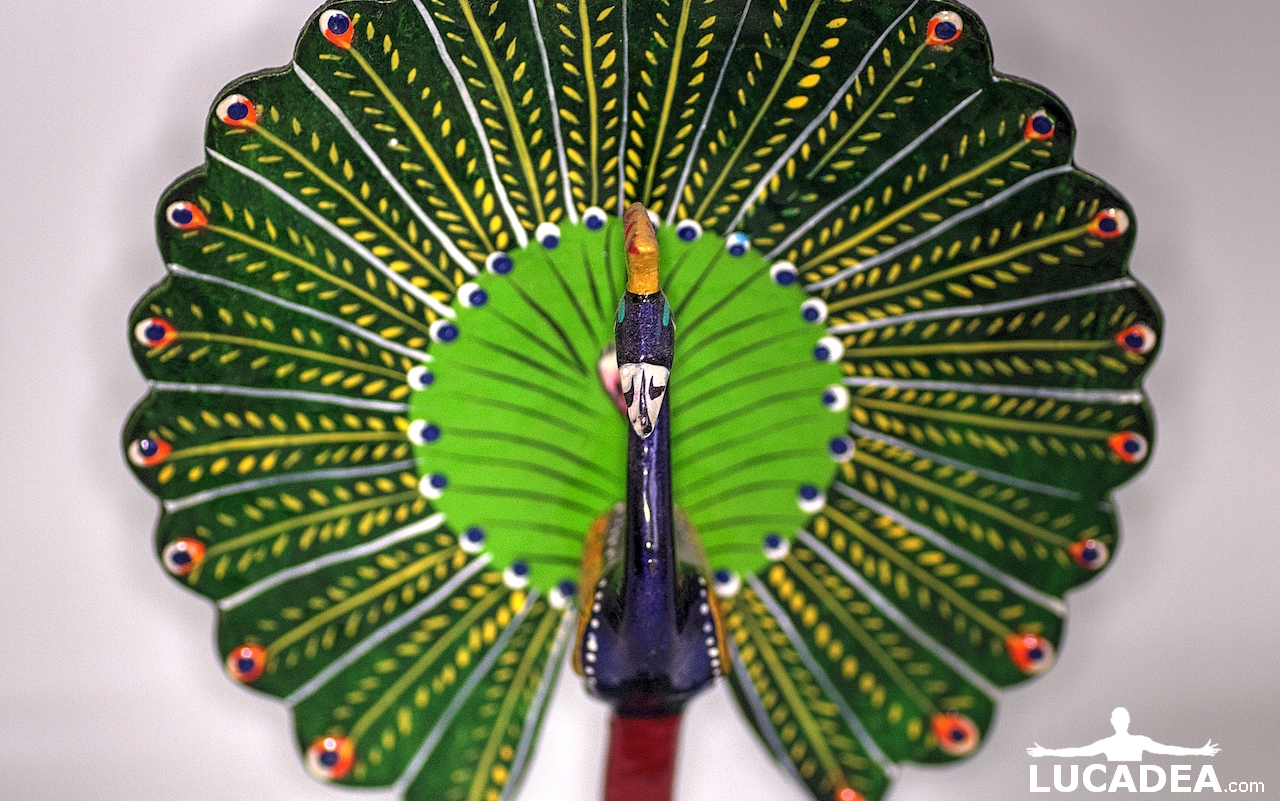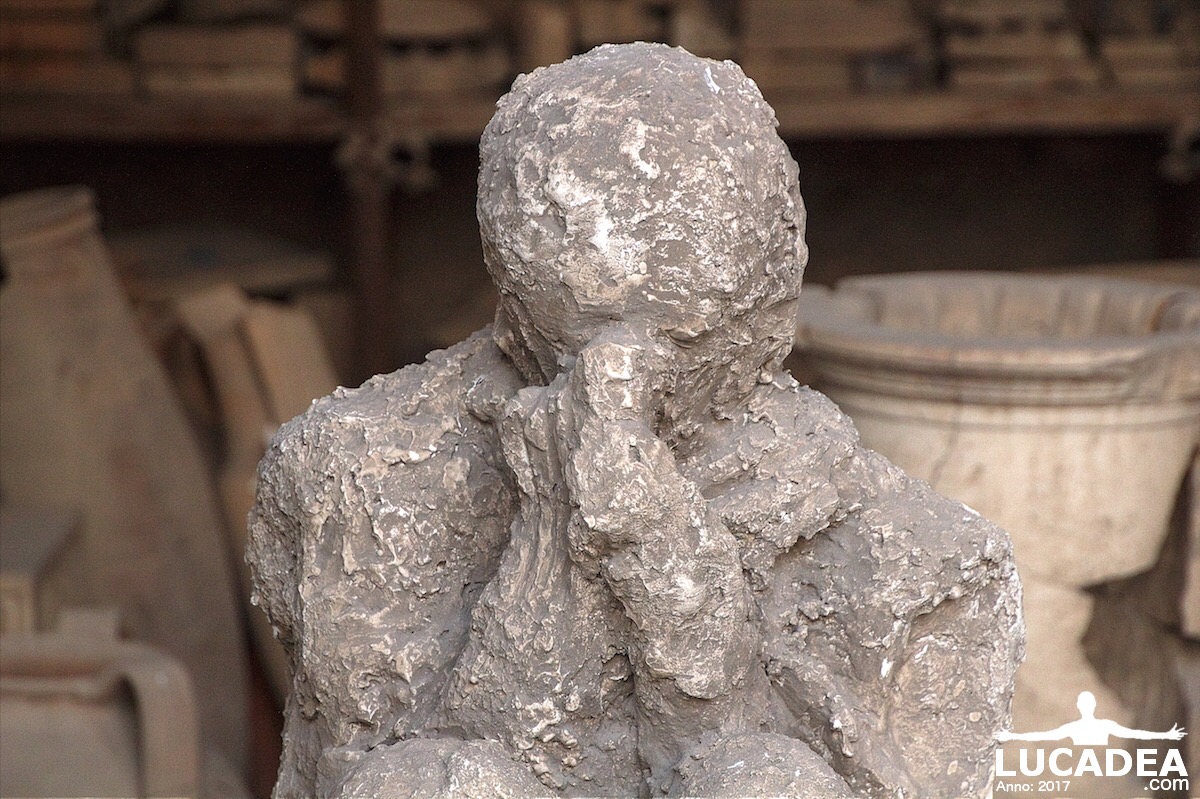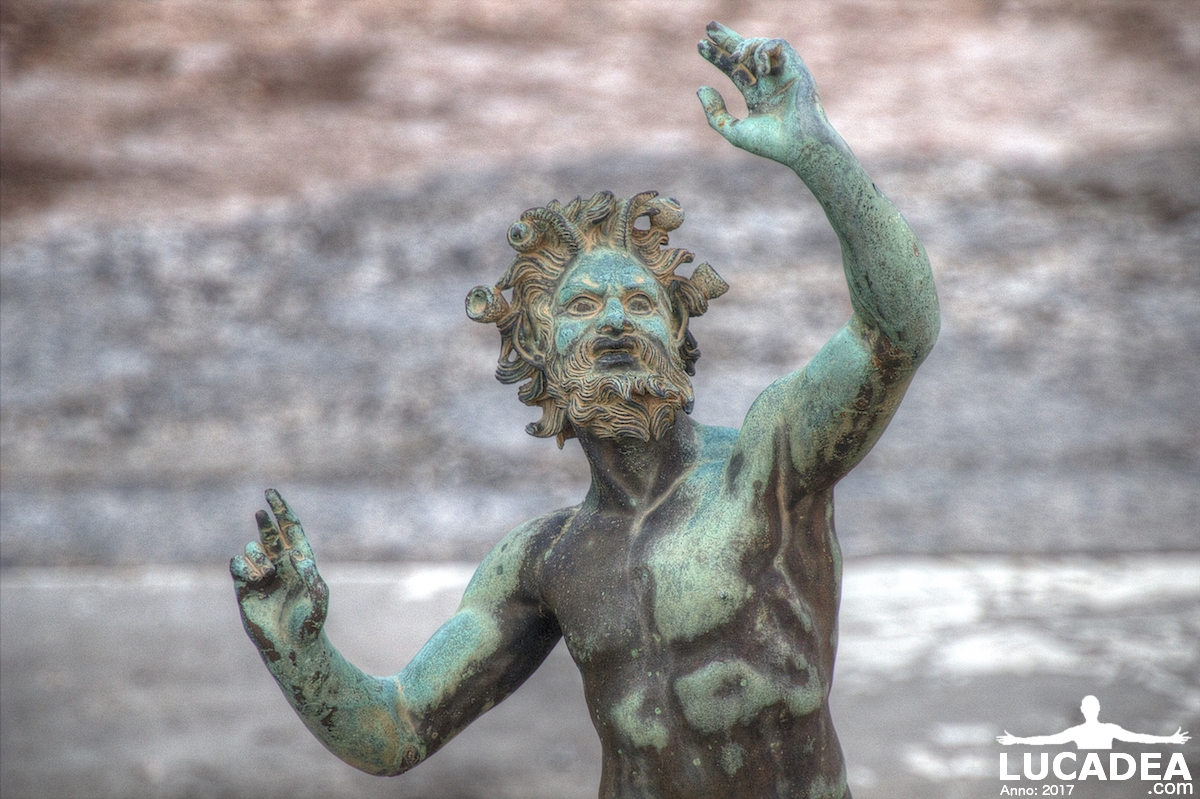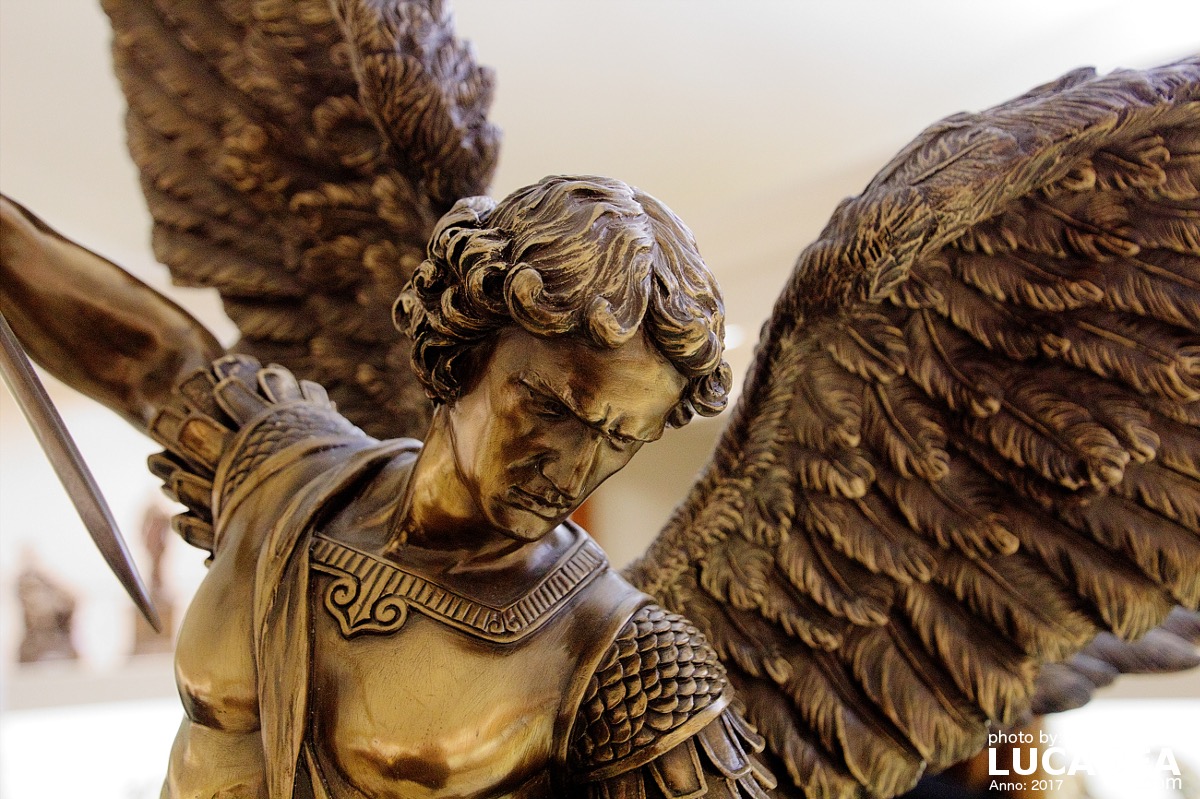Il busto dedicato a Caterina Bixio a Sestri Levante.
Nei giardini in passeggiata ci sono, qua e là, delle statue che non ho mai osservato bene. In questi, di fronte all’hotel Villa Balbi c’è questo busto, dedicato a Caterina Bixio.
Purtroppo non so molto a riguardo questa donna se non quello che e’ scritto sulla colonna che regge la statua:
Caterina Bixio (1871- 1949)
Vento, sole, lavoro sostanziarono la vita di “Cataina” venditrice di pesce su questo lido; benvoluta da tutti, di bontà e fierezza popolana chiesto esempio;
E in lei Sestri onora le sue donne operose, figlie della marina, madri di marinai.
Cercando in rete (here) ho scoperto che è un’opera donata alla cittadina nel 1957 dello scultore Francesco Messina.
Se qualcuno volesse raccontrmi di piu’ a proposito di questa signora lo puo’ fare aggiungendo un comment. Vai nella parte bassa del sito per leggere cosa hanno scritto gli altri visitatori.
Photo taken with Canon EOS M100 and lens Canon EF-S 10-18.
La statua si trova proprio nei giardini di fronte al Villa Balbi:
Francesco Messina, cresciuto a Genova dove ha studiato e vissuto fino all’età di trentadue anni, si trasferì da qui a Milano. È considerato dalla critica tra i più grandi scultori figurativi del Novecento italiano.
Continue and learn more on Wikipedia

